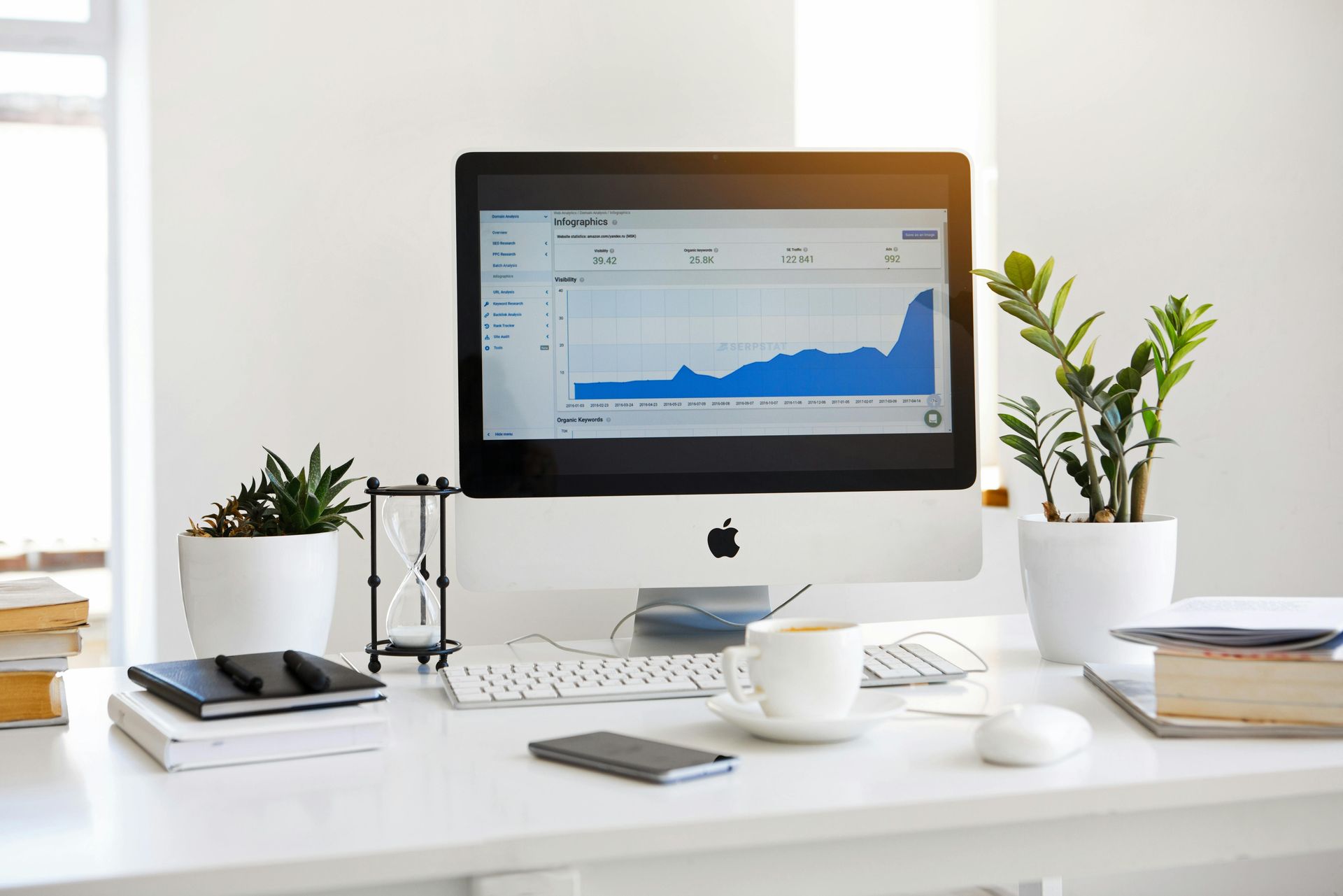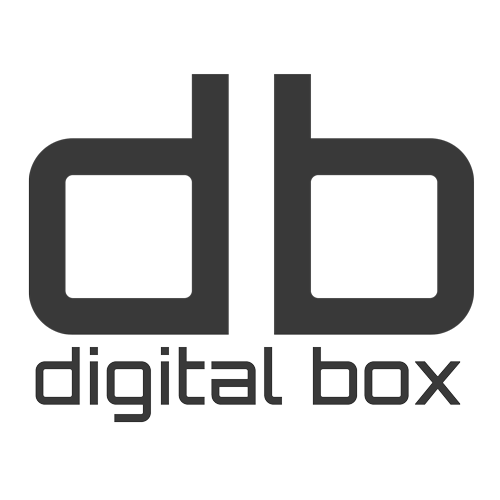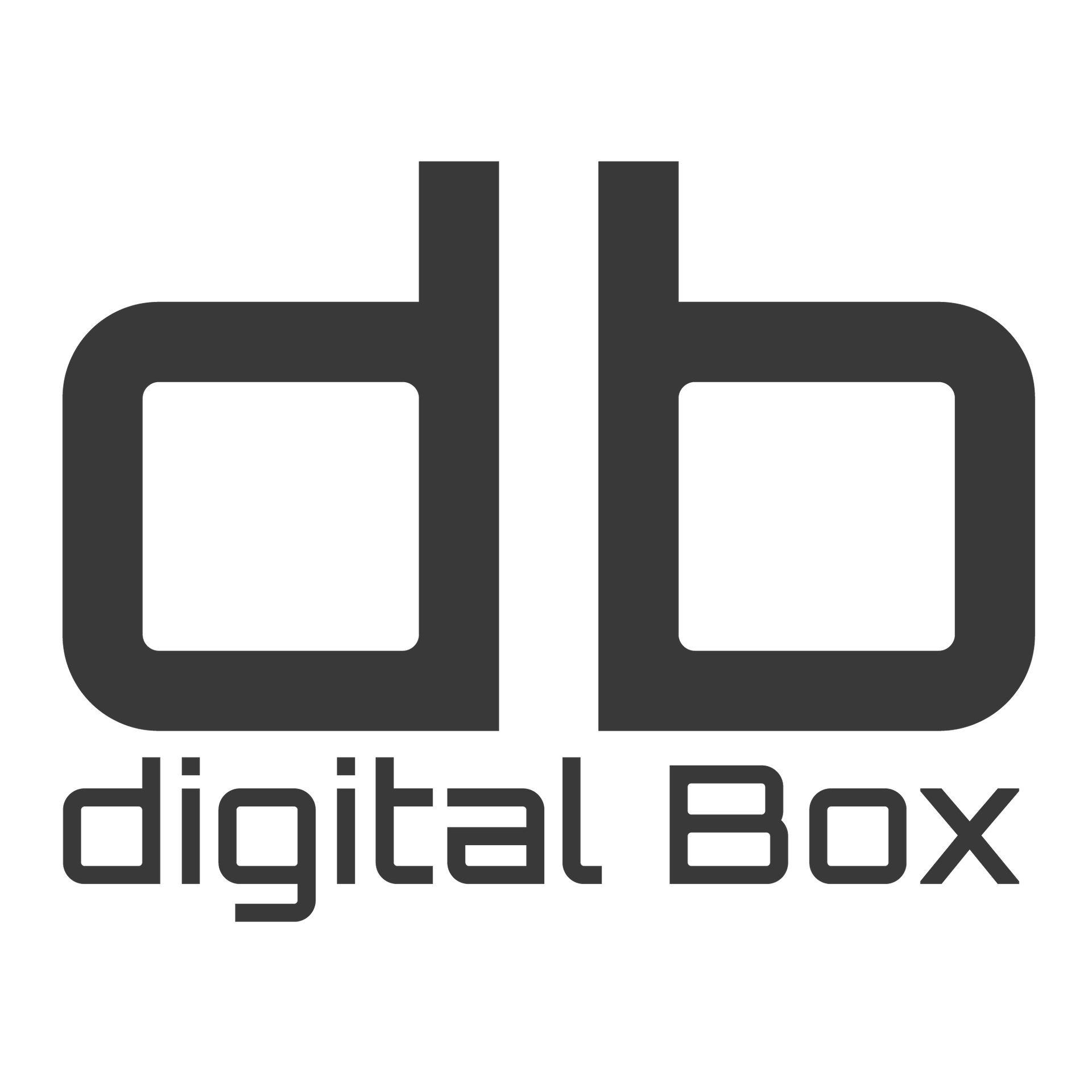The Fundamentals of Website Design
Building a website can feel like trying to assemble IKEA furniture without the instructions—lots of bits and pieces, and you’re not sure which one goes where. Don’t worry, though: once you understand the fundamentals, it’s actually quite straightforward. In this post, we’ll break down the essentials of website design into four key areas: hosting, domain, media, content, and ongoing costs.

1. Hosting – The Foundation of Your Website
Think of hosting as renting a plot of land on the internet. Without it, your website has nowhere to live.
- What it does: Hosting stores all your website files (pages, images, videos, etc.) and makes them accessible online.
- What to look for: Reliable uptime (your site should be available 24/7), decent speed (no one likes waiting for a page to load), and scalability (as your business grows, so should your hosting).
- Costs: Hosting can be as cheap as a couple of pounds a month for shared hosting, or more if you need dedicated servers and performance.
Pro tip: Start with affordable, reputable hosting and upgrade later as your business grows. Don’t overpay at the beginning!
2. Domain – Your Online Address
Your domain name is your website’s “street address” online—www.yourbusiness.co.uk, for example. It’s how people find you.
- Why it matters: A good domain is simple, memorable, and professional.
- Best practices: Stick with something short, relevant, and easy to spell. Avoid numbers or strange spellings unless you want to spend your life spelling it out over the phone.
- Costs: Typically £10–£20 per year. Small change for something that represents your brand 24/7.
Pro tip: Always own your domain yourself—don’t let your designer or hosting company keep it under their name. It’s your brand, so make sure you control it.

3. Media & Content – The Stuff People Actually See
Once you’ve got your plot of land (hosting) and your address (domain), you need to build the house and furnish it. That’s where content and media come in.
- Content: Words that explain who you are, what you do, and why customers should care. Keep it clear, concise, and focused on the customer.
- Media: Images, videos, and graphics that bring your brand to life. Avoid blurry stock photos if possible—original visuals always perform better.
- Costs: You can DIY if you’re on a budget (smartphones take great photos these days), or invest in professional copywriting and photography for maximum impact.
Pro tip: Don’t overload your website with huge videos and giant image files. They’ll slow your site down and frustrate visitors.
4. Ongoing Costs – The “Netflix Subscription” of Websites
A website isn’t a one-off purchase, it’s more like a subscription service. To keep things running smoothly, you’ll need to budget for ongoing costs.
- Hosting renewal: Your website needs a home every year.
- Domain renewal: Your address also comes with an annual fee.
- Maintenance: Updating plugins, fixing bugs, and keeping things secure.
- Marketing: SEO, ads, or social media to make sure people actually find your website.
Pro tip: Always set a calendar reminder for your renewals. You don’t want your site disappearing because you forgot to pay £12.

Wrapping It Up
Website design doesn’t have to be complicated. At its core, you just need:
- Hosting (where it lives)
- Domain (what it’s called)
- Media & Content (what people see)
- Ongoing Costs (what keeps it alive)
Get these fundamentals right, and you’ll have a strong online foundation for your business. The bells and whistles—fancy animations, SEO tweaks, interactive features—can all be layered on once the basics are in place.
At Digital Box, we keep websites simple, scalable and cost-effective, so you don’t pay for things you don’t need, but you’re ready to grow when the time comes. If you’re ready to put your business online the smart way, let’s chat: Click Here to get started.



